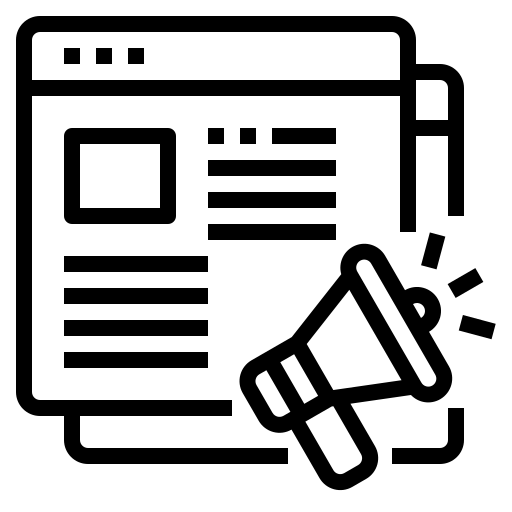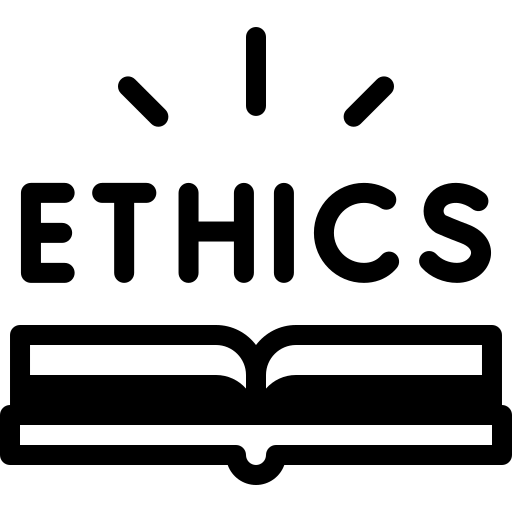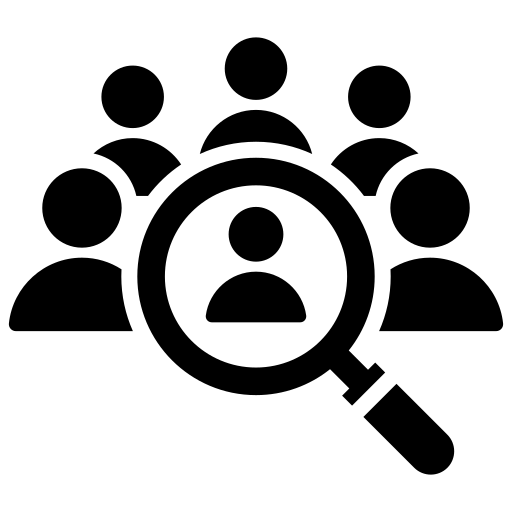Article contents
Bridging Talent Gaps in U.S. Healthcare through Emerging Digital Marketing Platforms
Abstract
This paper takes a closer look at how digital marketing is reshaping recruitment and retention in U.S. healthcare, especially as the sector struggles with persistent workforce shortages. The focus is on how platforms like LinkedIn, Indeed, Glassdoor, and even social media are being used not just to post jobs, but to genuinely connect with and engage potential talent—while also weighing the real hurdles, like slow adoption, regulatory constraints, and whether organizations are fully ready to embrace these tools. To dig into this, a thematic analysis of secondary data was carried out, drawing from peer-reviewed journals, books, and conference proceedings indexed in Google Scholar, PubMed, Scopus, and Web of Science. The literature was combed through to pull out key themes around healthcare workforce shortages, evolving HR strategies, and how digital marketing innovations intersect with these pressing challenges. The evidence shows that digital platforms can open up recruitment pipelines, create more personalized ways to engage candidates, and strengthen employer branding in competitive labour markets. At the same time, their impact is uneven—barriers such as patchy adoption, gaps in HR expertise, and compliance issues still hold organizations back from realizing their full potential. AI-driven tools and e-HRM systems show strong potential for bridging talent gaps. Healthcare HR leaders can integrate digital marketing with traditional methods to address shortages, enhance employer attractiveness, and improve retention. At policy level, strategic adoption supports workforce stability and long-term system sustainability. Further research should explore ethical oversight, long-term impacts of AI and digital marketing in healthcare HR, and scalable models for smaller organizations.
Article information
Journal
Journal of Computer Science and Technology Studies
Volume (Issue)
7 (12)
Pages
55-60
Published
Copyright
Open access

This work is licensed under a Creative Commons Attribution 4.0 International License.


 Aims & scope
Aims & scope Call for Papers
Call for Papers Article Processing Charges
Article Processing Charges Publications Ethics
Publications Ethics Google Scholar Citations
Google Scholar Citations Recruitment
Recruitment